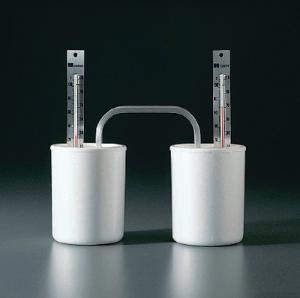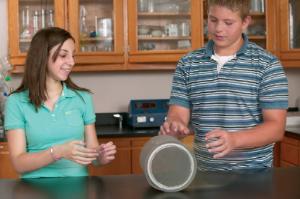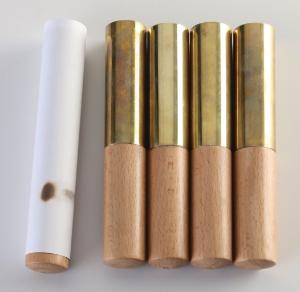Want the Facts on Heat Transfer? No Sweat. Plus a Free Student Handout from AccessScience
So many processes in everyday life involve heat transfer; your students will be inspired to discover all the situations where it occurs.
Access to this content is available to Ward's World readers for free from McGraw Hill's AccessScience, an award-winning, digital STEM resource containing exclusive articles written by expert scientists and engineers; biographies of well-known scientific figures; science news, videos, and animations; and much, much more.
Instructors can use AccessScience to guide students on their research project journeys, to help students understand scientific concepts, to support distance learning efforts, in flipped classroom approaches, and in countless other ways.
Ward’s World and AccessScience have partnered to offer educators a no-obligation, free trial subscription to AccessScience. Request your free trial today to discover how valuable AccessScience can be for you and your students! Get your free trial now.
Middle School/High School
Unlike the kid in the classic movie A Christmas Story, most of us would not accept the “triple dog dare” to put our tongue on a metal flagpole. First, that’s just gross. Second, we had great science teachers like you who taught us lessons on heat transfer. Armed with the scientific facts, we’d politely tell the gathering crowd of classmates hankering for a spectacle that, “as soon as my tongue makes contact with that pole, the heat will move away from my tongue which has a high temperature to the metal pole which has a lower temperature.”
There would surely be a few blank stares on the playground. So, we’d elaborate by explaining that “metal has a high thermal conductivity, so it will pull heat from my tongue faster than my body can keep it warm, and since it’s below freezing right now, the cooled saliva will freeze and stick to the pole.”
If the crowd still wanted to be entertained, we’d offer to stick our tongue on the soccer ball instead to be a good sport about things. All the while, knowing that plastics and rubbers have a much lower thermal conductivity (0.293 W/m•K) than aluminum (225 W/m•K) and can’t possibly take enough heat away from the water on our tongue to make it freeze, even at freezing temperatures.
Now, we know you’ll want the students in your science class to be the ones who stick their tongue on the soccer ball instead of the flagpole if it’s below freezing outside (okay…maybe neither one). In either case, they’ll be sure to make an informed decision based on the scientific facts they get from your lessons on heat transfer. So many processes in everyday life involve heat transfer, e.g., frying pans, puffy down coats, hot air balloons; your students will be inspired to discover other situations where it occurs.
Download McGraw Hill’s AccessScience article on Heat Transfer Above; it has comprehensive facts on conduction, convection, radiation, and more to add to your lesson plans. The free download also includes assessment questions and answers you can use to test student understanding. It’s a valuable resource covering a hot topic.
Download McGraw Hill’s AccessScience Teacher Answer key for this article here.
Recommended products:
[StartProductBlock]

Heat Transfer Activity
Apparatus shows the effect of heated water on other materials. Observe the transfer of heat under different conditions. Uses a calorimeter with an aluminum transfer bar.
[EndProductBlock]
[StartProductBlock]

Ice Cream Making Kit: A Heat Transfer Experiment
Science has never been sweeter! Sudents create edible ice cream and learn about heat transfer, phase change, and insulation along the way.
[EndProductBlock]
[StartProductBlock]

Essential Physics Demo: Wood and Metal Heat Conducting Cylinder
Demonstrate the difference between the specific heat of objects. Show how metal has a lower specific heat than wood in several ways.
[EndProductBlock]
